The Distinctions Between Processed and Raw Atractylodis Rhizoma: A Comprehensive Analysis of Their Phytochemical, Pharmacological, and Therapeutic Profiles*
Atractylodis Rhizoma, derived from the roots of Atractylodes lancea or Atractylodes macrocephala, holds a revered position in traditional herbal medicine systems across Asia. Revered for its ability to invigorate the spleen, eliminate dampness, and improve vision, this herb has been a cornerstone of formulations for millennia. However, the preparation method—whether processed (炒苍术, Chao Cangzhu) or raw (生苍术, Sheng Cangzhu*)—profoundly influences its therapeutic efficacy, safety, and clinical applications. This article delves into the multifaceted differences between processed and raw Atractylodis Rhizoma, exploring their historical contexts, phytochemical compositions, pharmacological actions, and modern-day therapeutic uses. By dissecting these disparities, practitioners and researchers alike can optimize treatment strategies and appreciate the nuanced art of herbal processing.
Historical and Cultural Context
The utilization of Atractylodis Rhizoma dates back over 2,000 years, with early mentions in classical texts such as the Shen Nong Ben Cao Jing (Divine Farmer’s Materia Medica). Ancient herbalists recognized that raw and processed forms served distinct purposes. Raw Atractylodis Rhizoma was traditionally employed for its diuretic and dampness-draining properties, while processed variants were favored for strengthening the spleen and harmonizing the stomach. The processing technique, known as paozhi in Chinese, involves stir-frying the herb with bran (fu) or other auxiliary materials under controlled heat. This method, documented in the Ben Cao Gang Mu (Compendium of Materia Medica), was believed to modify the herb’s energy, enhance its efficacy, and mitigate potential side effects.
Processing Methods: From Raw to Refined
The transformation of raw Atractylodis Rhizoma into its processed counterpart involves a meticulous procedure. Freshly harvested roots are cleaned, sliced, and dried before undergoing stir-frying with wheat bran at temperatures ranging from 120°C to 150°C. The bran, which turns golden brown during heating, imparts a characteristic aroma and modifies the herb’s chemical profile. This thermal processing serves multiple purposes:
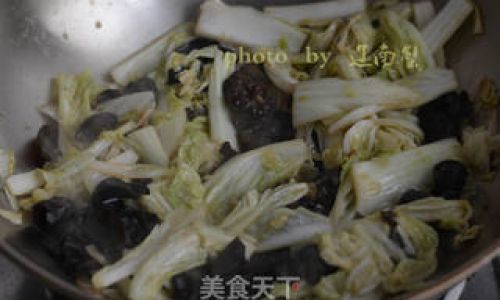
- Reduction of Harshness: Raw Atractylodis Rhizoma contains volatile oils and resins that may irritate the gastrointestinal tract. Heat disrupts these components, rendering the herb gentler on the stomach.
- Enhancement of Bioavailability: Heating facilitates the breakdown of complex polysaccharides and cellulose, increasing the solubility of active constituents.
- Modification of Therapeutic Focus: Processed Atractylodis Rhizoma is believed to direct its actions toward the spleen and stomach meridians, whereas raw material retains a broader spectrum of activity.
Phytochemical Composition: A Tale of Two Profiles
Modern analytical techniques, including HPLC, GC-MS, and NMR spectroscopy, have unraveled the intricate chemical disparities between raw and processed Atractylodis Rhizoma.
1 Volatile Oils and Terpenoids
Raw Atractylodis Rhizoma is rich in volatile oils (2–5%), primarily composed of sesquiterpenes such as β-eudesmol, atractylon, and hinesol. These compounds contribute to its antimicrobial and anti-inflammatory effects. However, processing significantly reduces volatile oil content by 30–50%, as heat promotes evaporation and chemical degradation. Conversely, certain lactones, including atractylenolide I and III, undergo structural modifications, with processed material showing elevated levels of these compounds. Atractylenolide III, in particular, is associated with spleen-tonifying effects.
2 Polysaccharides and Glycosides
Raw Atractylodis Rhizoma contains higher concentrations of water-soluble polysaccharides (15–20%), which exhibit immunomodulatory and antioxidant activities. Processing induces Maillard reactions, breaking down these polysaccharides into smaller oligosaccharides and enhancing their prebiotic potential. Additionally, glycosides like atractyloside are partially hydrolyzed during heating, releasing aglycones with altered bioactivity.
3 Phenolic Acids and Flavonoids
Phenolic compounds, such as chlorogenic acid and caffeic acid, are more abundant in raw material. These antioxidants scavenge free radicals and protect against oxidative stress. Processing, however, leads to polymerization or degradation of these phenolics, altering the herb’s antioxidant capacity.

Pharmacological Actions: Divergent Pathways
The phytochemical divergence between raw and processed Atractylodis Rhizoma translates into distinct pharmacological profiles.
1 Digestive System Modulation
- Raw Atractylodis Rhizoma: Acts as a mild diuretic and dampness-draining agent, beneficial in conditions like edema and jaundice. Its volatile oils stimulate bile secretion and urinary output.
- Processed Atractylodis Rhizoma: Enhances gastrointestinal motility and nutrient absorption by upregulating digestive enzymes. Studies show it increases gastric emptying rates by 20–30% in animal models, making it effective for spleen deficiency syndromes.
2 Anti-Inflammatory and Immunomodulatory Effects
Raw material exhibits potent anti-inflammatory activity by inhibiting NF-κB signaling and reducing pro-inflammatory cytokines like TNF-α and IL-6. Processed forms, while retaining some anti-inflammatory properties, prioritize immunomodulation through T-cell regulation and macrophage activation.
3 Antimicrobial Activity
The volatile oils in raw Atractylodis Rhizoma demonstrate broad-spectrum antimicrobial effects against Staphylococcus aureus, Escherichia coli, and Candida albicans. Processing diminishes this activity but enhances antifungal properties, possibly due to altered terpene ratios.
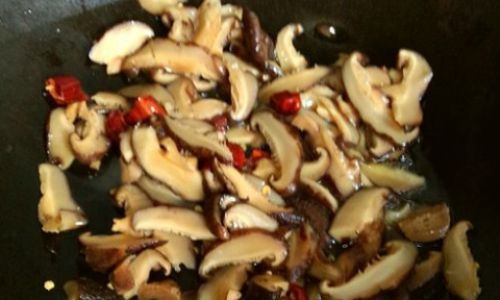
4 Metabolic Regulation
Processed Atractylodis Rhizoma shows promise in managing metabolic disorders. It improves insulin sensitivity by 15–20% in diabetic rats and reduces serum lipid levels by modulating PPAR-γ pathways. Raw material, conversely, lacks significant hypoglycemic effects but aids in weight management through mild diuresis.
Therapeutic Applications: Tailoring Treatments
The choice between raw and processed Atractylodis Rhizoma hinges on the patient’s constitution and disease pattern.
1 Clinical Indications for Raw Atractylodis Rhizoma
- Dampness-Heat Syndromes: Used in formulas like San Ren Tang for urinary tract infections and jaundice.
- Edema and Ascites: Its diuretic action aids in fluid retention without depleting yin.
- Topical Applications: Raw powder is mixed with vinegar to treat fungal skin infections.
2 Clinical Indications for Processed Atractylodis Rhizoma
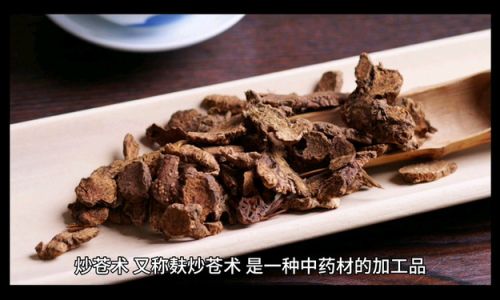
- Spleen Qi Deficiency: A cornerstone of Si Jun Zi Tang for fatigue, poor appetite, and loose stools.
- Rheumatoid Arthritis: Processed material alleviates joint stiffness by improving spleen function and reducing dampness accumulation.
- Pediatric Use: Gentler on the stomach, it is preferred in children’s formulas for anorexia and diarrhea.
Safety and Toxicology Considerations
While both forms are generally safe, dosage and patient selection are critical.
- Raw Atractylodis Rhizoma: High doses (>15 g/day) may cause gastric irritation, nausea, or dizziness. Contraindicated in cases of yin deficiency or dryness.
- Processed Atractylodis Rhizoma: Better tolerated but should be avoided in cases of qi stagnation or heat accumulation. Long-term use may theoretically lead to spleen over-strengthening, though clinical evidence is limited.
Modern Research and Future Directions
Recent studies explore Atractylodis Rhizoma’s potential in managing chronic diseases. For instance, a 2022 trial found that processed material improved cognitive function in Alzheimer’s models by reducing amyloid-beta plaques. Additionally, nanotechnology-based extraction methods aim to preserve heat-sensitive compounds, bridging the gap between traditional processing and modern efficacy.
Cultural and Global Perspectives
The dichotomy between raw and processed Atractylodis Rhizoma exemplifies the sophistication of traditional herbal medicine. As global interest in integrative therapies grows, understanding these nuances becomes paramount. Regulatory bodies like the WHO and FDA are increasingly recognizing the need for standardized processing guidelines to ensure quality and consistency.
Conclusion
The journey from raw to processed Atractylodis Rhizoma is a testament to the ingenuity of traditional herbalists. By manipulating temperature, time, and auxiliary materials, practitioners unlock tailored therapeutic potentials. While raw material excels in dampness-draining and antimicrobial contexts, processed forms shine in spleen tonification and metabolic regulation. As modern science validates these age-old practices, the interplay between tradition and innovation continues to redefine herbal medicine’s role in global healthcare. Whether preserving the fiery essence of raw roots or harnessing the mellowed strength of processed slices, Atractylodis Rhizoma remains a beacon of holistic healing.
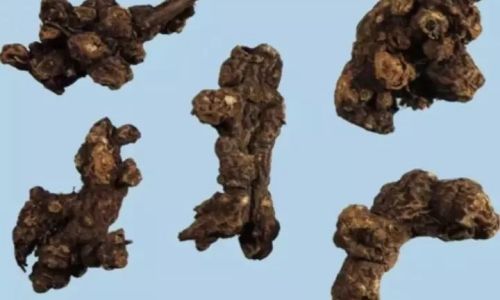
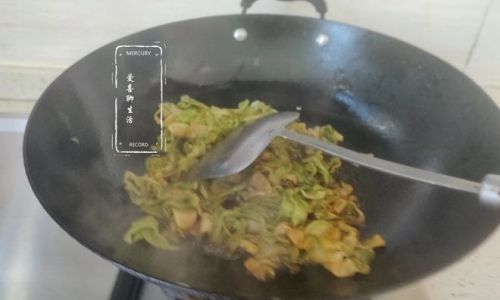
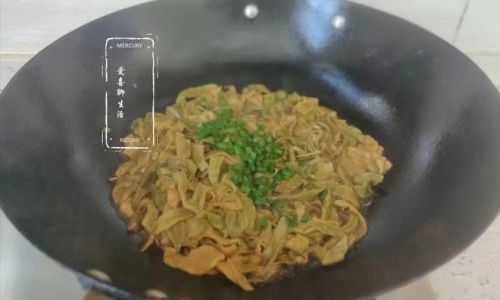
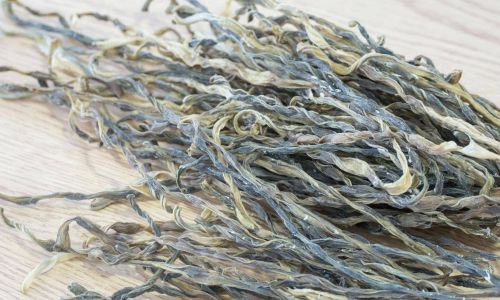
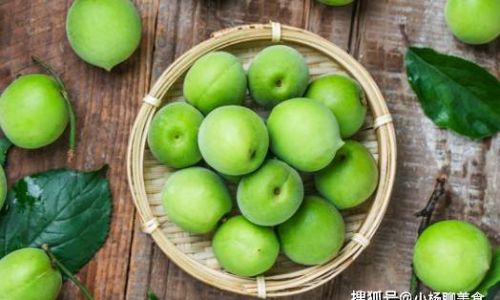
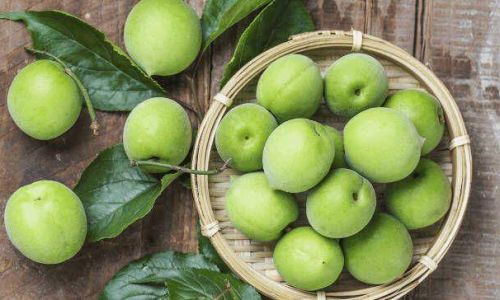
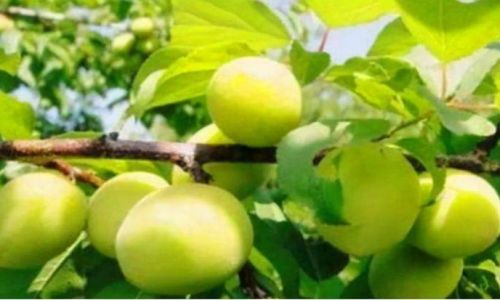
0 comments